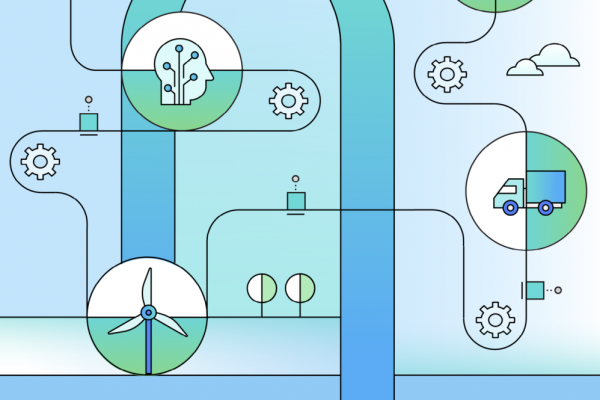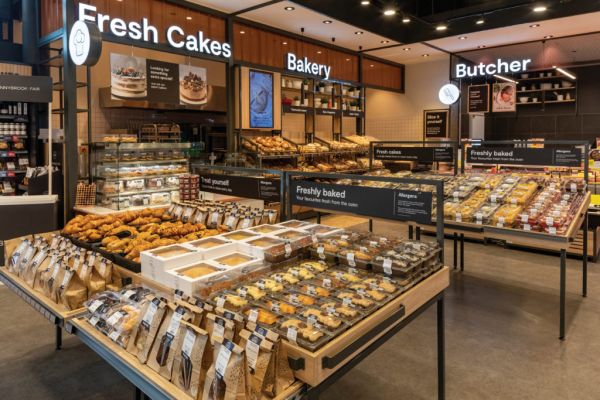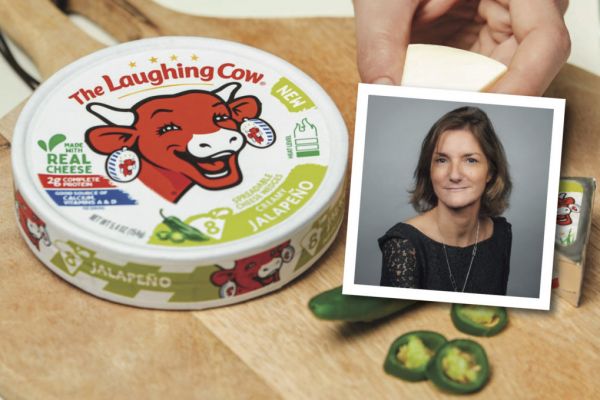Ann Sung Ruckstuhl, CMO and SVP at Manhattan Associates, explores how the transition to omnichannel supply chain structures needs to take into account environmental concerns.
We are in the midst of a real-time, seismic shift as consumers transform expectations of global supply and demand models. The pandemic exposed the fragility of many supply chain networks.
An inability to sense and dynamically adjust to shifting demand signals, consumer preferences, labour requirements, transportation, storage, inventory and trade policy changes caused havoc to economies and brands around the world.
According to McKinsey, “investments in technology and automation in distribution centres are now at the forefront of most chief supply chain officers’ agendas.” Gartner recently upped its supply chain management technology forecast from 8% to 14% in compounded annual growth rate – forecasting a $28 billion investment by 2025.
Retail Transformation
Retailers are racing to transform store, digital, fulfilment and service experiences in an effort to win over omnichannel consumers, boost employee productivity and increase profitability, all the while trying to balance increasing environmental requirements.
Digital transformation initiatives have kicked into high gear across supply chains too, allowing brands to reap the benefits of cloud, composable IT architecture, microservices and AI in efforts to better match supply with demand.
To say change is afoot is an understatement, yet at the end of the day, the way revenue is generated has always been the same – keep your store shelves stocked, online orders shipped and consumers happy.
Consumers In Control
The difference between today’s retail landscape and that of the past is that in 2022 there will be exponentially more choice (of products, purchase options, fulfilment options, delivery options, payment options and more). Consumers control the buying journey, making it that much more complicated for the brands serving them to meet expectations.
If the picture wasn’t complex enough, many brands are still struggling to mitigate the effects of the aftershocks caused by the global pandemic, which include severe labour shortages in warehouses, at shipping docks and truck depots, and in stores with retail associates.
Finally, there is one unforeseen effect of the pandemic that is perhaps shaking brands to their core more than anything else. There is a strong emphasis from increasing numbers of consumers (driven primarily by the Gen Z demographic) on sustainability and ‘green’ credentials.
Combined, these trends and challenges are creating the perfect stage for what we at Manhattan like to call supply chain commerce.
About Supply Chain Commerce
Supply chain commerce is an emerging market category. At its core, it is about unification and a new way to solve the age-old problem of supply and demand, and moving goods from point A to point B. Crucially, that means re-engineering physical and digital supply chains to connect them and bring them in step with consumer and societal expectations of greater responsibility – both today and tomorrow.
In terms of demand, the last couple of years have seen vast numbers of consumers becoming omnichannel natives, making purchases from physical stores, online, call centres, through mobile apps, social media platforms and even pop-up stores.
Time is a premium and they expect brands to know their likes (and dislikes), serve them, and fulfil their purchases how, when and where they want them. Also, purpose-driven buyers increasingly demand visibility into brands’ business practices such as sustainability initiatives – often expecting to see tangible proof of the environmental impact associated with their purchases.
When considering supply, many brands still operate supply chains that pre-date omnichannel capabilities with some still managing e-commerce and physical stores independently of each other.
Optimised for individual use cases and not agile enough to meet the continually shifting demands of modern consumers, these legacy systems simply no longer work in a digital-first retail landscape – both in terms of economics and, crucially, from an environmental perspective.
The Emerging Consumer
The shift in spending power toward Gen Z is a massive development in our time. While generational changes are a regular occurrence, maybe no shift is (or will be) more seismic than the rise of this ‘Zoomer’ group.
According to a recent article in Vogue, Gen Z consumers are 38% more likely to have shopped online in the last three months. They are willing to purchase across channels, have an appetite for higher-quality items and – just as importantly – are eager to stay on trend with cultural developments like sustainability.
This awareness of societal trends is leading to some key generational spending markers as well. Zoomers believe that the generations before them represented overconsumption, capitalism and materialism, meaning they are more likely to associate themselves, and their wallets, with brands that match their core values, such as environmentalism, equality and fair trade.
Supply chains are undoubtedly one of the fundamental pillars that underpin globalisation, capitalism and consumerism. Yet those issues are often cited as primary causes of the current climate emergency we face today.
Supply chain commerce represents more than the direct fulfilment of supply and demand; it creates new opportunities for brands to deliver greener, more-sustainable products, shipping options, and return choices to consumers.
Optimising The Purchasing Process
The right technology can empower and enable companies to offer their consumers options that are more informed and greener at every stage of the purchasing process.
It’s at work from the moment a person clicks on a buy-now button, to a more-efficient packing process that reduces shipping volumes, to optimised transportation routing that reduces travel miles, trucks on the road and planes in the air. The end results are reduced CO2 emissions, exceptional customer experiences and greater alignment with consumer sentiments – all at the same time.
Unifying all elements of the buying journey, from warehouse and transportation, to commerce, and fulfilment, makes it all possible.
That is what gives consumers and brands the ability to make last-minute order changes or combine shipments right up until items leave the warehouse, store, ‘dark store’ or micro fulfilment centre. Supply chain commerce gives the end-consumer tools to make greener, more sustainable purchasing decisions, and brands that do so will – likely – be rewarded with greater loyalty and repeat business.
Supporting Livelihoods
The integration of national economies into a global economic system has been one of the most significant developments of the last century. We must not lose sight of the fact that the flow of goods around the world is vitally important to the livelihoods and well-being of billions of people around the globe.
At the same time, we also have a duty to recognise that the movement of goods can be inherently hard on the environment and a growing contingent of consumers demand that we do better – at Manhattan we agree.
Supply chain commerce offers capitalism a ‘sliding doors’ moment to take a different path. It represents a chance for capitalism to find its conscience and become a catalyst for a greener, more sustainable future where consumer expectations and the health of our planet can coexist together.
© 2022 European Supermarket Magazine – your source for the latest supply chain news. Article by Ann Sung Ruckstuhl, Manhattan Associates. Click subscribe to sign up to ESM: European Supermarket Magazine.














